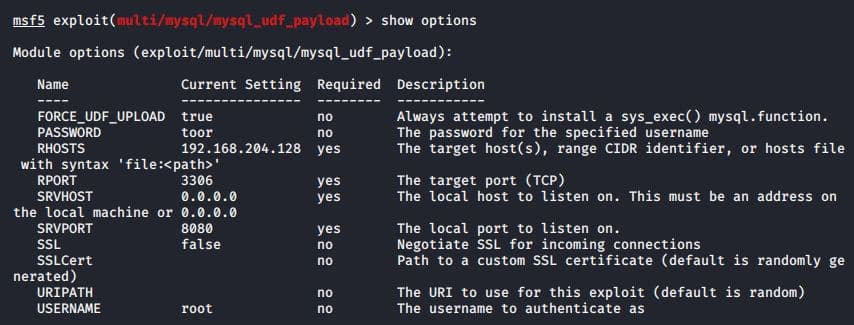Researchers claim that the Chinese Ddostf botnet is specifically designed for launching DDoS attacks and that the threat actors are operating a DDoS-for-hire service.
AhnLab Security Emergency Response Center (ASEC) researchers have shared alarming details of a new campaign targeting MySQL servers and Docker hosts with DDoS malware.
AhnLab noted that attacks targeting MySQL servers on Windows systems have increased sharply, and vulnerable servers are infected with the Chinese botnet Ddostf, discovered in 2016.
Researchers claim that this malware is specifically designed for launching DDoS attacks and that the threat actor is operating a DDoS-for-hire service.
According to the AESC blog post, threat actors scan for exploitable MySQL servers. After compromising the servers, threat actors install the Ddostf DDoS botnet to launch distributed denial-of-service (DDoS) attacks against other servers.
MySQL servers are a common target in such campaigns because of their widespread use in Windows and Linux environments. Although MS-SQL is a preferred database service for Windows users, MySQL servers are also commonly used on Windows, which makes the systems running them a prime target for cybercriminals.
Based on data from AhnLab’s Smart Defense (ASD) logs, most malware targeting vulnerable MySQL servers were Gh0st RAT variants, but instances of AsyncRAT were also observed and recently, there’s been an uptick in the use of the Ddostf botnet.
Ddostf is a powerful malware that copies itself with a random name in the %SystemRoot% directory and registers as a service before decrypting the encrypted C2 server URL string to connect to the attackers’ server. It can collect system data and transfer it to the C2 server. Then it waits for specific commands (e.g., SYN, UDP, and HTTP GET/POST floods) to launch the DDoS attacks.
The botnet is unique because it can connect to a new address from the C2 server and execute commands there for a limited time. This helps the Ddostf botnet operator to infect multiple systems and sell DDoS attacks as a service. Ddostf can target Linux and Windows systems because of supports both ELF and PE formats and can achieve persistence.
Attackers first scan for publicly accessible systems using port 3306/TCP and after accessing the server (those with known vulnerabilities or weak credentials), they use brute-force or dictionary attacks on the system.
If the system has signs of poor credential management, attackers can gain access to administrator account credentials. If the system runs an unpatched version with vulnerabilities, attackers can exploit them to execute commands without needing these processes. Unlike MS-SQL, which entails direct OS command execution methods, MySQL relies on UDFs (User-Defined Functions) that can allow threat actors to execute commands.
They can also install malicious UDF DLLS on infected MySQL servers and execute commands. Like CLR Stored Procedure WebShell work, these DLLs can provide threat actors complete control of the infected system. In the case of the Ddostf DDoS bot, attackers use the UDF malware as a tool to install it on poorly managed MySQL servers.
Database servers get frequently targeted because of poorly managed account credentials. Administrators must use strong passwords apart from applying the latest patches to protect their servers. Firewalls can be used to restrict access to external actors, and a DDoS mitigation service can help protect against large-scale attacks.
RELATED ARTICLES
- Who Killed the Mozi IoT Zombie Botnet – India or China?
- Chinese APT Posing as Cloud Services to Spy on Cambodia
- Dark.IoT & Custom Botnets Exploit Zyxel Flaw in DDoS Attacks
- How Chinese Hackers Stole Signing Key to Breach Outlook Accounts
- Chinese Scammers Exploit Cloned Websites in Vast Gambling Network

